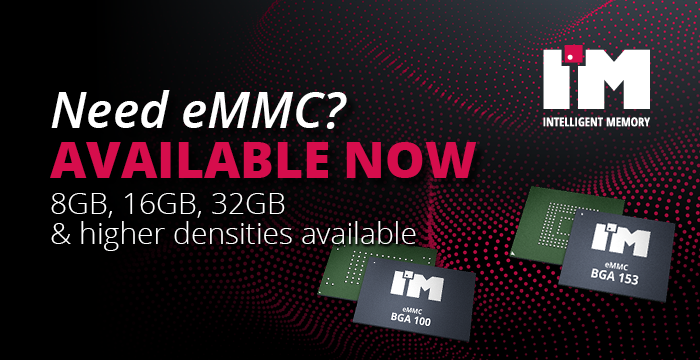
© lavitreiu dreamstime.com
Analysis |
Trendforce: NAND Flash shortage will increase SSD and EMMC prices
DRAMeXchange, a division of TrendForce, reports that the global shortage of NAND Flash has reached its most severe phase for 2016 in this fourth quarter.
Factors that aggravate the shortage include strong smartphone shipments, growing SSD demand and the increase in the average memory density of eMMCs and eMCPs.
Prices of various NAND Flash products are now at their highest for this year as the market anticipates the undersupply situation to persist well into the first quarter of 2017. Between this year’s fourth quarter and next year’s first quarter, contract prices of enterprise- and client SSDs are expected to rise by over 10%, while mobile products such as eMMC and UFS will register even larger contract price increases.
The market survey for the fourth quarter reveals that prices of NAND Flash chips and wafers sold in the channel markets have reached new heights for this year. In the contract markets, eMMC and UFS have seen sequential price increases of 9~13%, while prices enterprise- and client-grade SSDs also have also advanced 5~10% compared with the third quarter.
“From the supply side, the industry-wide transition to 3D-NAND is now moving at full speed,” said Sean Yang, research director of DRAMeXchange. “However, most suppliers with the exception of Samsung have not improve their yield rates for the technology as quickly as they would like. While 3D-NAND Flash supply remains tight, the transition to the new architecture has resulted in a sharp production decrease and supply shortage for 2D-NAND (planar NAND) memory.”
As for the demand situation in the fourth-quarter NAND Flash market, Yang noted that the majority of Flash components including eMMC, eMCP and UFS is still based on the 2D-NAND architecture. At the same time, Chinese smartphone brands such as Huawei, OPPO and Vivo have placed large volumes of additional orders for high-capacity eMMCs and eMCPs because they are encouraged by the strong shipments of their devices.
“Demand from Chinese smartphone brands is the main contributing factor to the current shortage of 2D-NAND Flash and has also indirectly caused the price hikes for wafers and chips in the channel markets,” said Yang “As memory suppliers have shifted more of their available capacity to meet the demand from smartphone brands, they have also scaled back shipments to memory module makers.”
The undersupply of 2D-NAND Flash is further compounded by the increase in memory content per box for mobile NAND products and the growing demand for SSDs. “OEMs can expect supply shortage to continue into the first quarter of 2017. By that time, NAND Flash prices may climb to new peaks,” said Yang.
The aggregate price increase in the NAND Flash market since this second quarter is enormous. Consequently, the demand growth for NAND-based products in the channel markets has diminished slightly as branded vendors and retailers raised their prices. At the same time, unit production costs are becoming more difficult to assess for PC-OEMs and smartphone makers as prices of mobile and PC storage components have kept rising. On the whole, branded device manufacturers are preparing for continuing price increases in the NAND Flash market in the first quarter of 2017. Afterwards, shipments and the increase in memory content for smartphones, along with industry’s progress in 3D-NAND manufacturing, will determine the general price trend.



